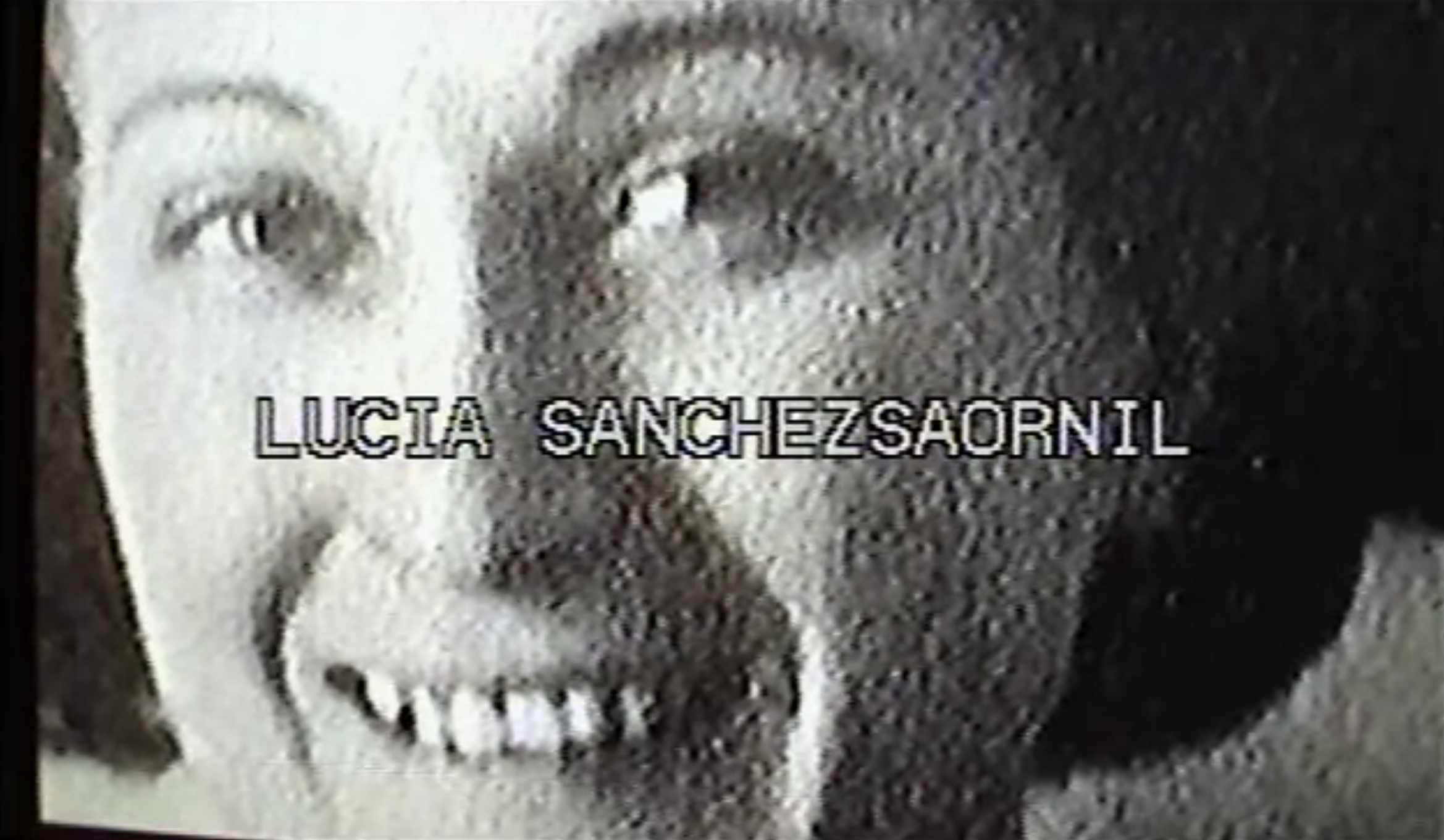The Spanish Lesbian Collective LSD: A Closer Look to Their Video-Essay Retroalimentación (1998)
Main Article Content
Abstract
In 1993, the group LSD (Lesbianas sin duda / Lesbians without a doubt) was created in Madrid. It was a collective of artivists including Itziar Okariz Virginia Villaplana, Fefa Vila, Azucena Vietes, Marisa Maza, and Liliana Couso, among others. They met in the downtown neighbourhood of Lavapiés to publish magazines and fanzines such as Bollozine or Non Grata, dedicated to film, music, photography, and the Spanish queer art scene overall. In addition, they carried out two photographic projects that are already part of the national lesbian imaginary: Es-Cultura lesbiana and Monstruosidades. This collective, which uses artistic channels for activism, takes a model of a community that is no longer a conqueror of rights (liberalism) but rather a destroyer of all aspects of a hierarchical society.
Queer activism is located at the margins of representation, understood as “an abject margin full of monsters, in which race, class and sex are mixed, ready to come to light and destabilize the dominant discourses" (García, 2016, p. 162). Violence is no longer understood individually but within a social structure. Some of these artists later continued their careers with video actions and performances in public places, exposing their bodies and thus problematising their gender and sexual orientation, as several of them contributed to the visibility of lesbians in Spain at the turn of the century.
This article analyses the photographic and collage work of the Spanish lesbian collective LSD, taking as object of study the video essay Retroalimentación (1998), made by the LSD member Virginia Villaplana.
Article Details

This work is licensed under a Creative Commons Attribution 4.0 International License.
Authors who publish with this journal agree to the following terms:
- Authors retain copyright and grant the journal right of first publication with the work simultaneously licensed under a Creative Commons Attribution License that allows others to share the work with an acknowledgement of the work's authorship and initial publication in this journal.
- Authors are able to enter into separate, additional contractual arrangements for the non-exclusive distribution of the journal's published version of the work (e.g., post it to an institutional repository or publish it in a book), with an acknowledgement of its initial publication in this journal.
- Authors are permitted and encouraged to post their work online (e.g., in institutional repositories or on their website) prior to and during the submission process, as it can lead to productive exchanges, as well as earlier and greater citation of published work (See The Effect of Open Access).

